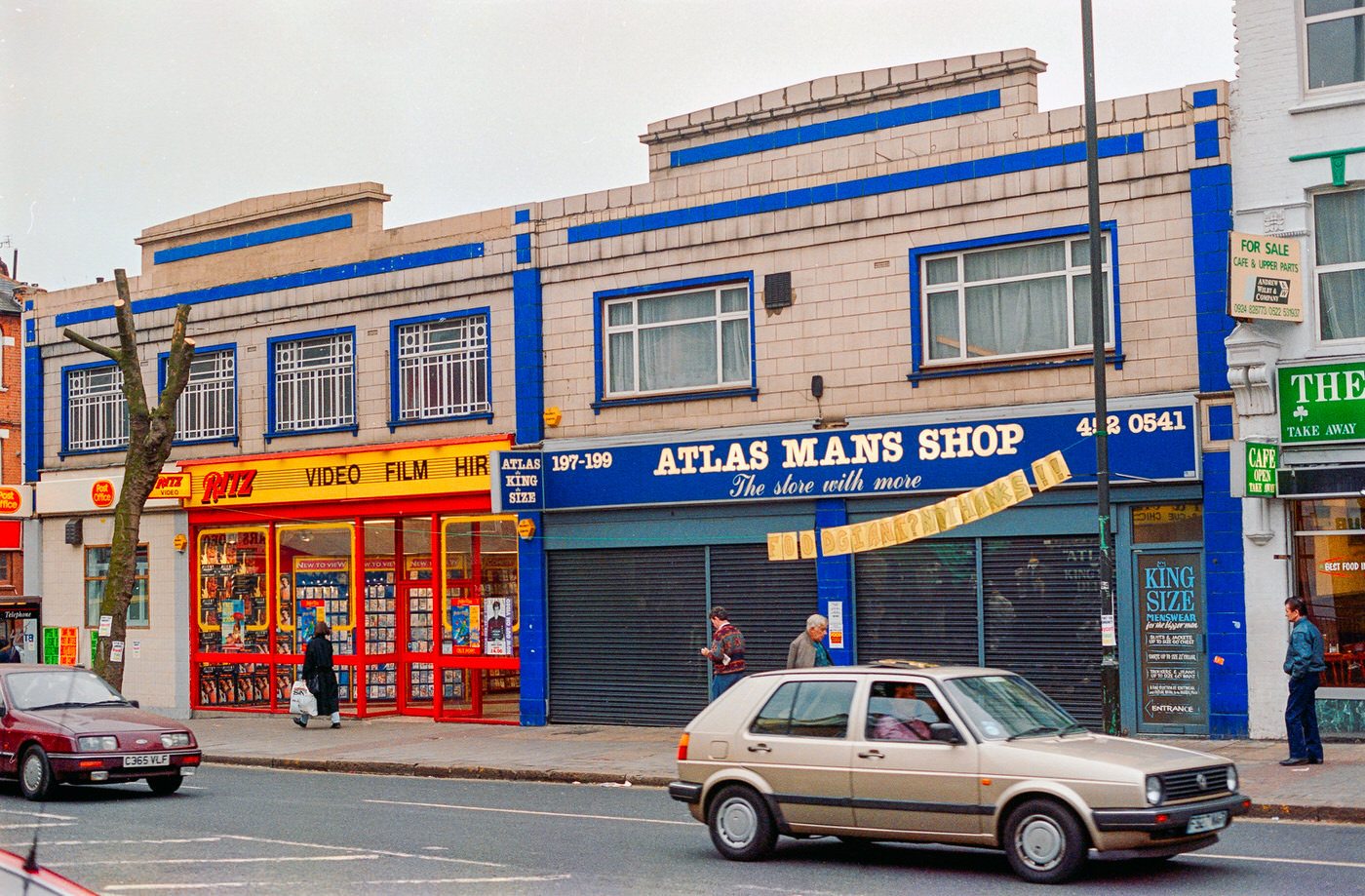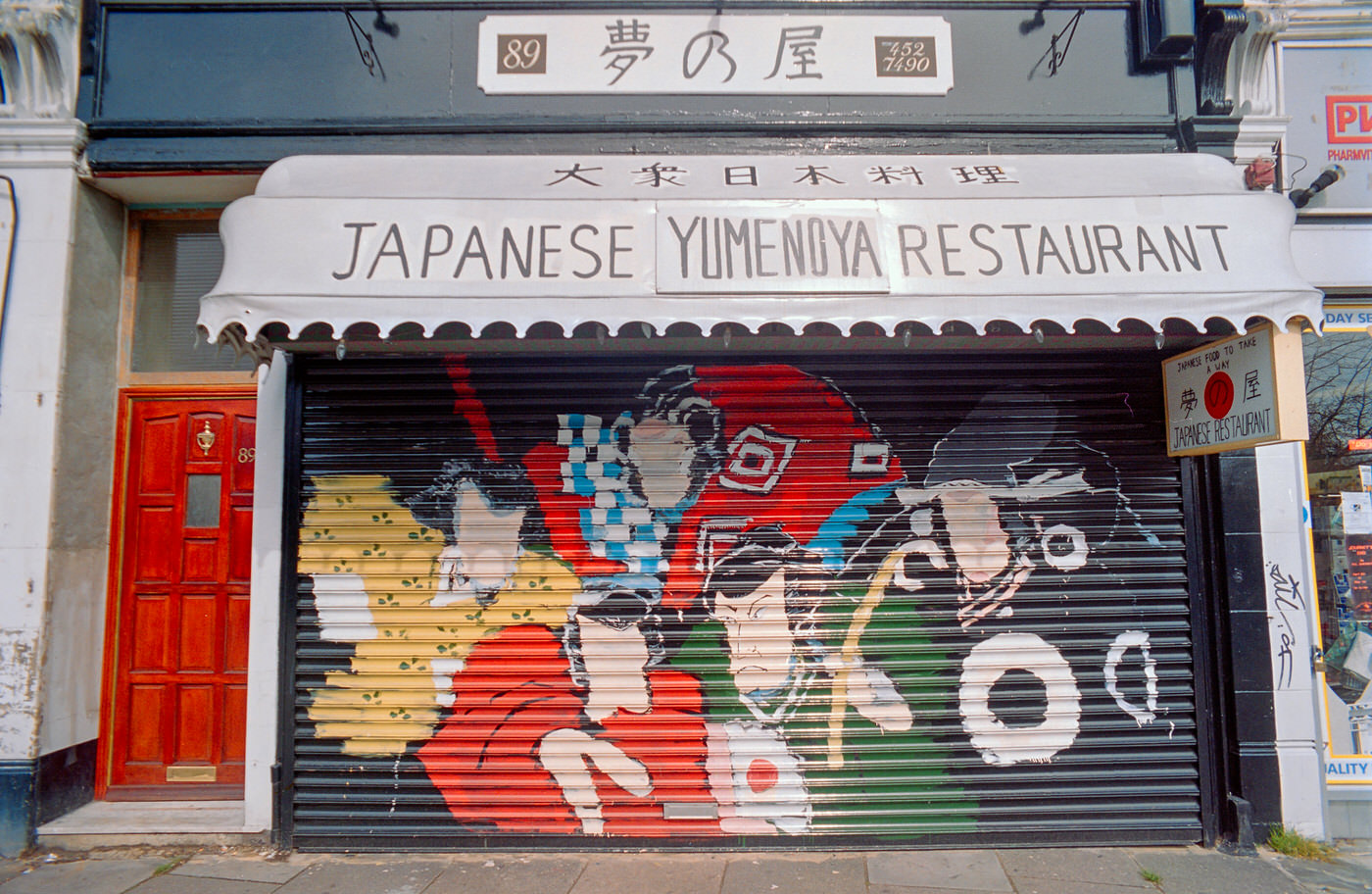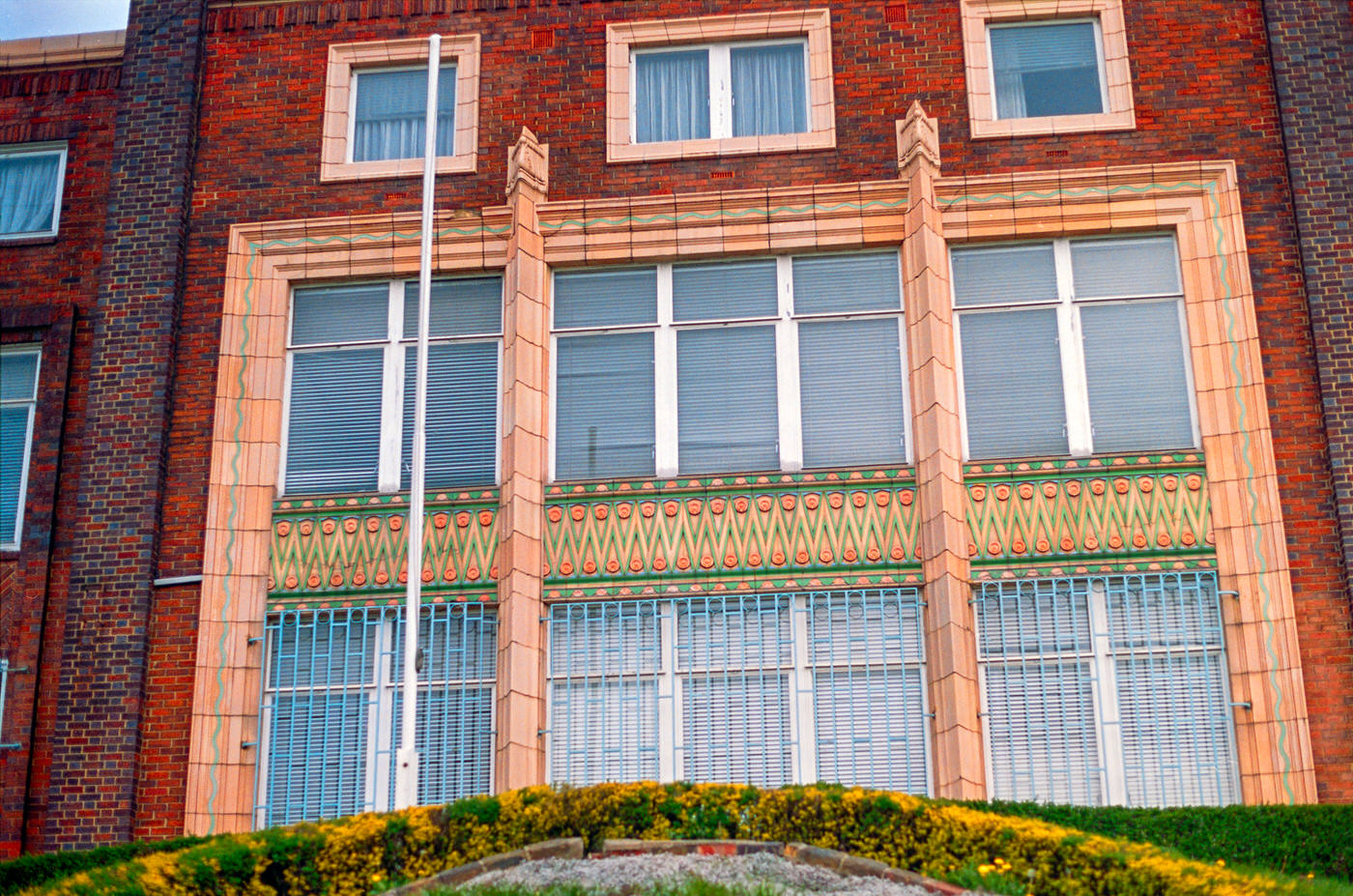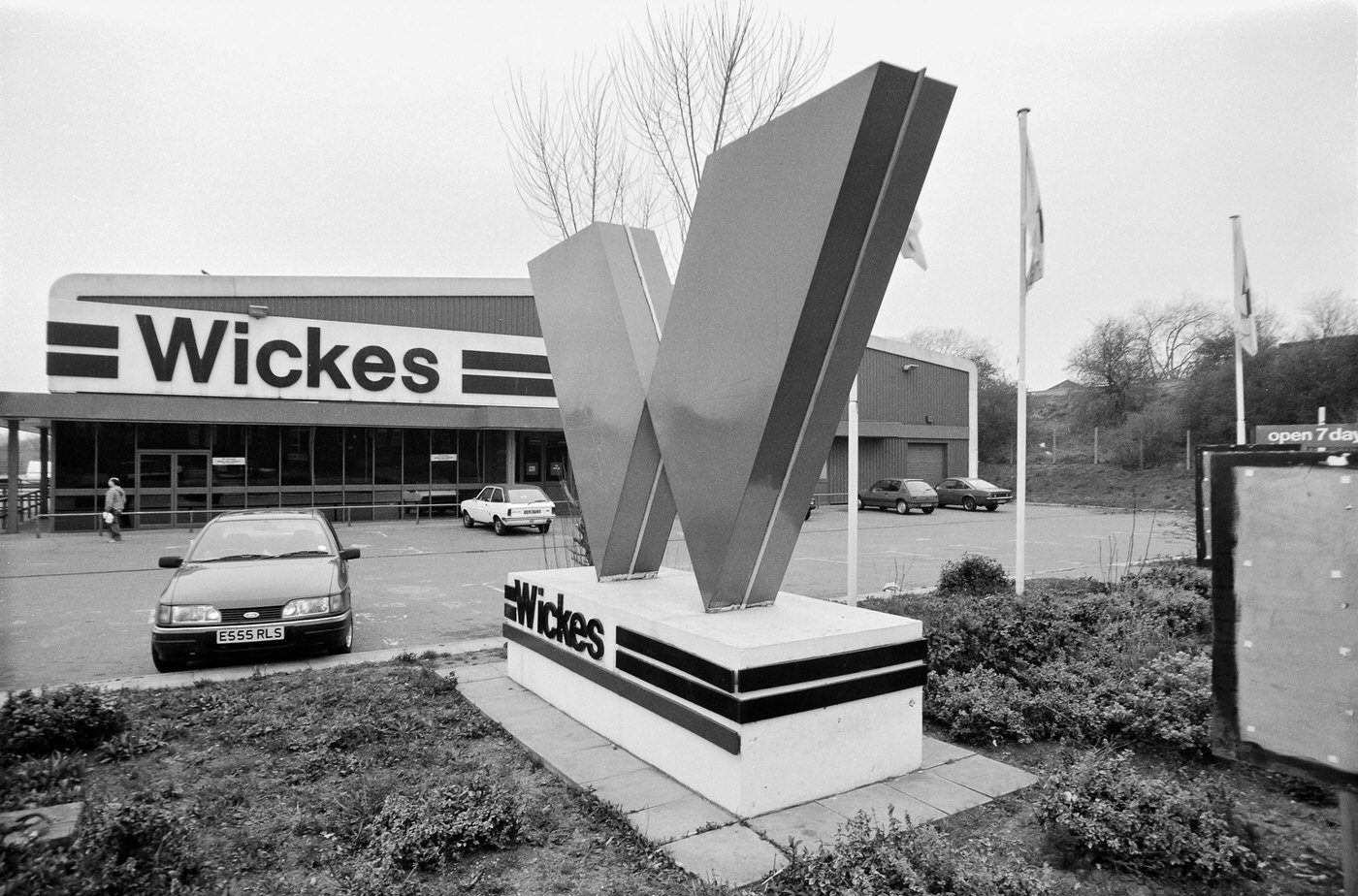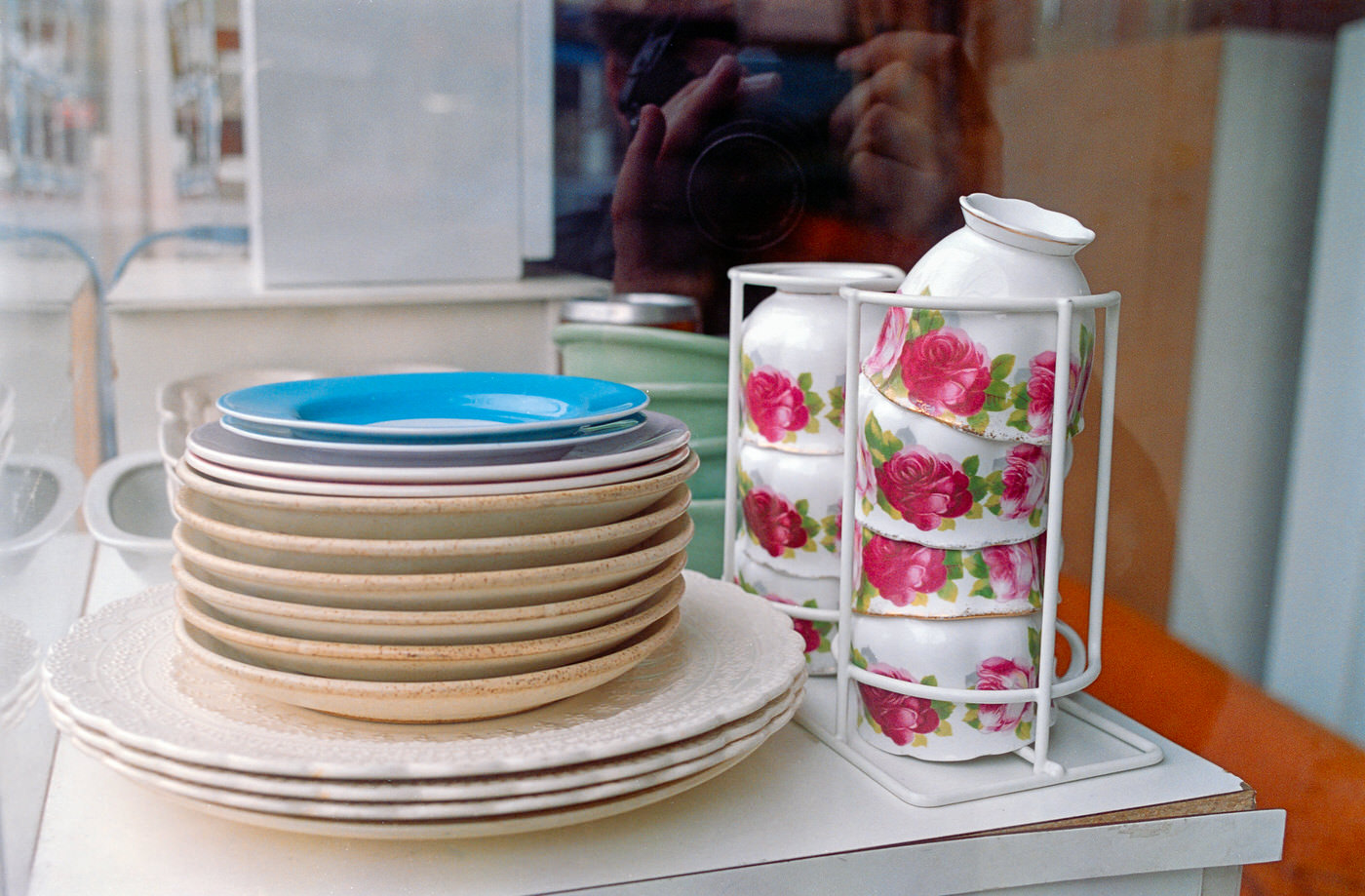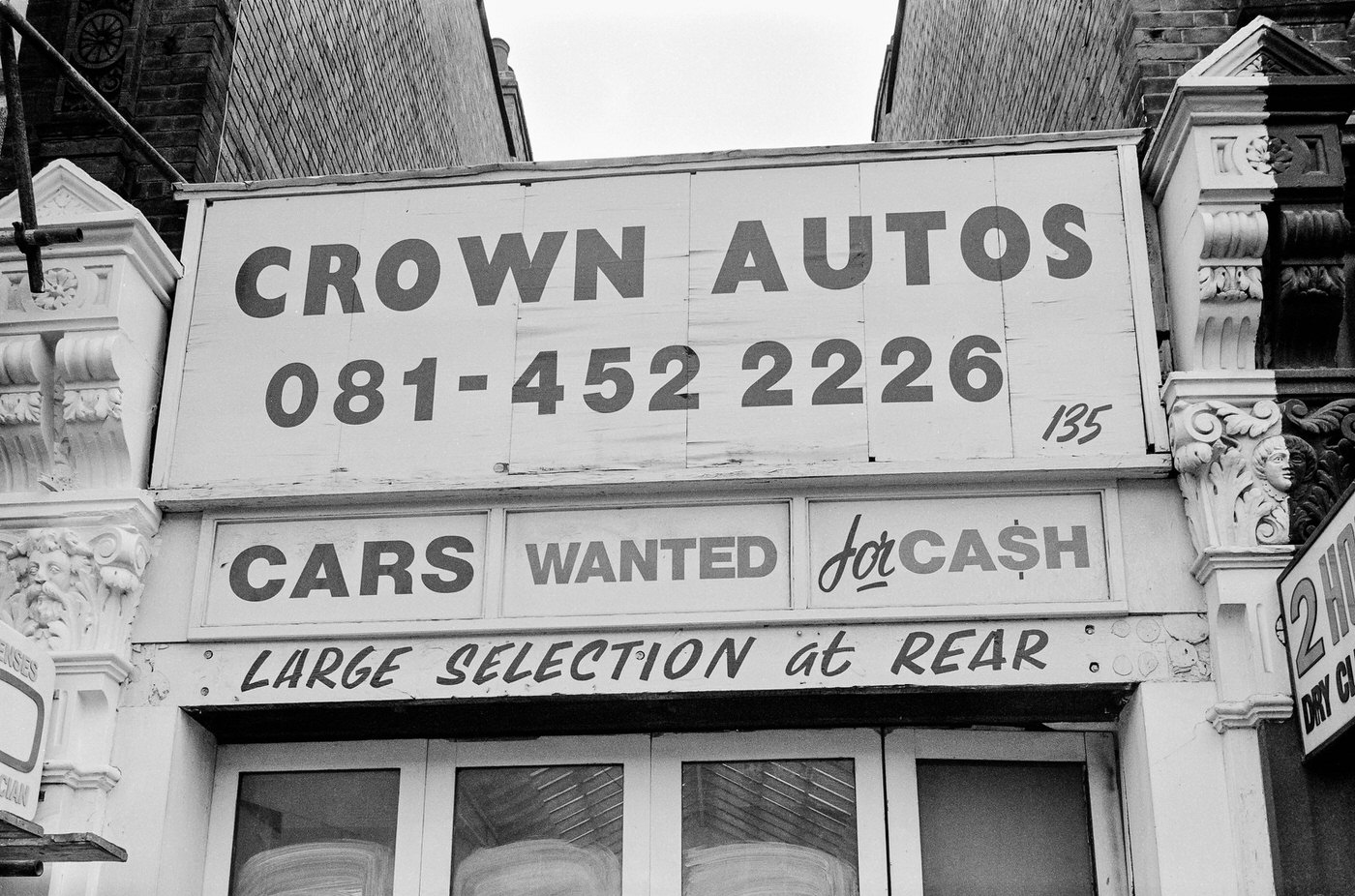Croydon, a south London borough, wasn’t always known for its towering skyscrapers and modern trams. Back in the 1990s, it was a different scene – a mix of urban grit and suburban charm, with a unique character all its own. Let’s rewind and explore what made Croydon tick in this vibrant decade.
The Centrale and Whitgift shopping centers were the beating heart of Croydon’s retail scene. Teenagers flocked to Tammy Girl and MK One for the latest fashion trends, while Our Price and Virgin Megastore provided the soundtrack to their lives with stacks of CDs and cassette tapes
Beyond the malls, Surrey Street Market offered a bustling alternative. Locals haggled for fresh fruits and vegetables, while the aroma of spices and street food filled the air. Independent shops like Beanos and Allders added to the diverse shopping experience, offering everything from records to furniture.
The Fairfield Halls, a large arts venue, hosted a variety of shows, from classical concerts to stand-up comedy. The Warehouse Theatre, a smaller, more intimate space, staged cutting-edge plays and experimental performances.
For film buffs, there was the ABC cinema, a Croydon landmark. It was the place to catch the latest Hollywood blockbusters, munching on popcorn in its plush red seats. For those seeking late-night thrills, the Blue Orchid nightclub pulsated with dance music and laser lights, attracting partygoers from all over London.
Selhurst Park, home to Crystal Palace Football Club, roared with cheers and chants on match days. Loyal fans, clad in red and blue, created an electric atmosphere, supporting their team through victories and defeats. Croydon’s sporting scene wasn’t limited to football; the borough boasted various parks and leisure centers, providing spaces for residents to enjoy sports and recreation.
Croydon’s housing ranged from Victorian terraces to modern apartment blocks. Families settled in leafy suburbs like Purley and Sanderstead, while young professionals opted for the convenience of town center living. The borough offered a diverse range of neighborhoods, each with its own distinct character.
The 1990s marked a period of transition for Croydon. The skyline began to evolve, with new developments sprouting up alongside older buildings. Tramlink, a modern tram system, arrived in 2000, connecting Croydon to surrounding areas and symbolizing the borough’s progress. Yet, amidst the changes, Croydon retained its unique spirit – a blend of urban energy and suburban comfort.






